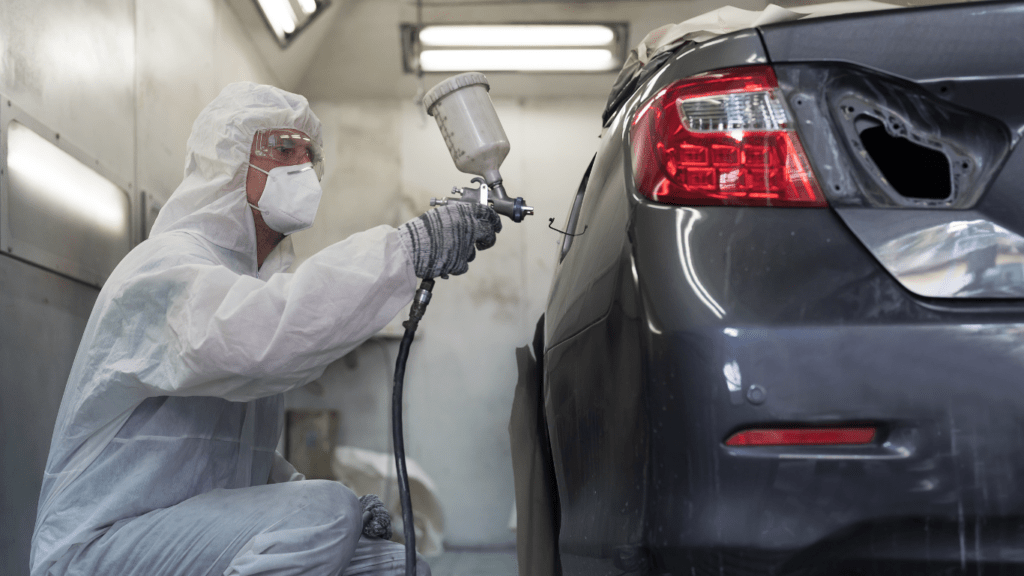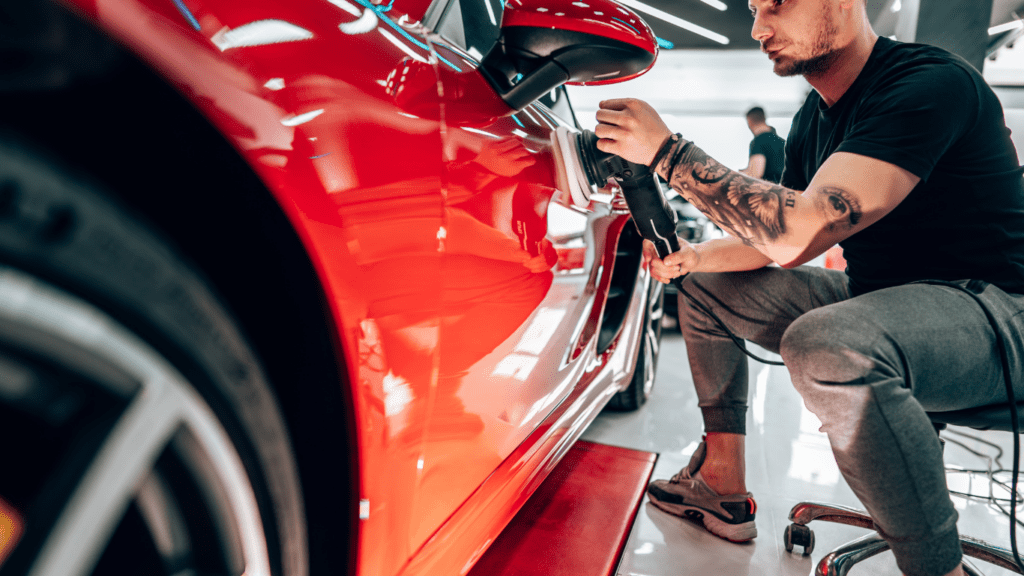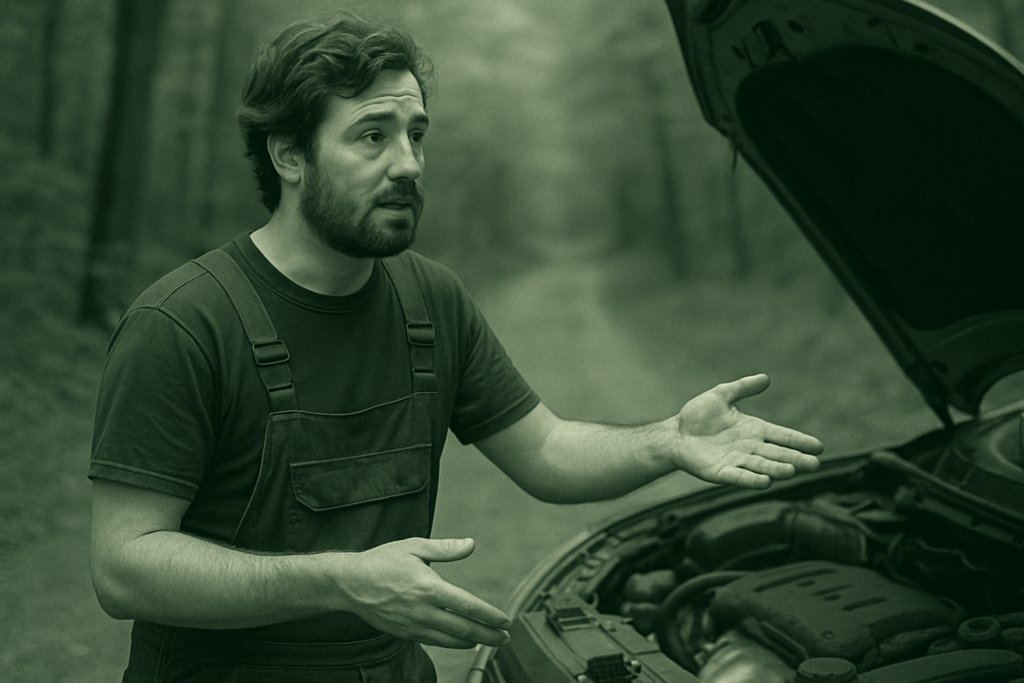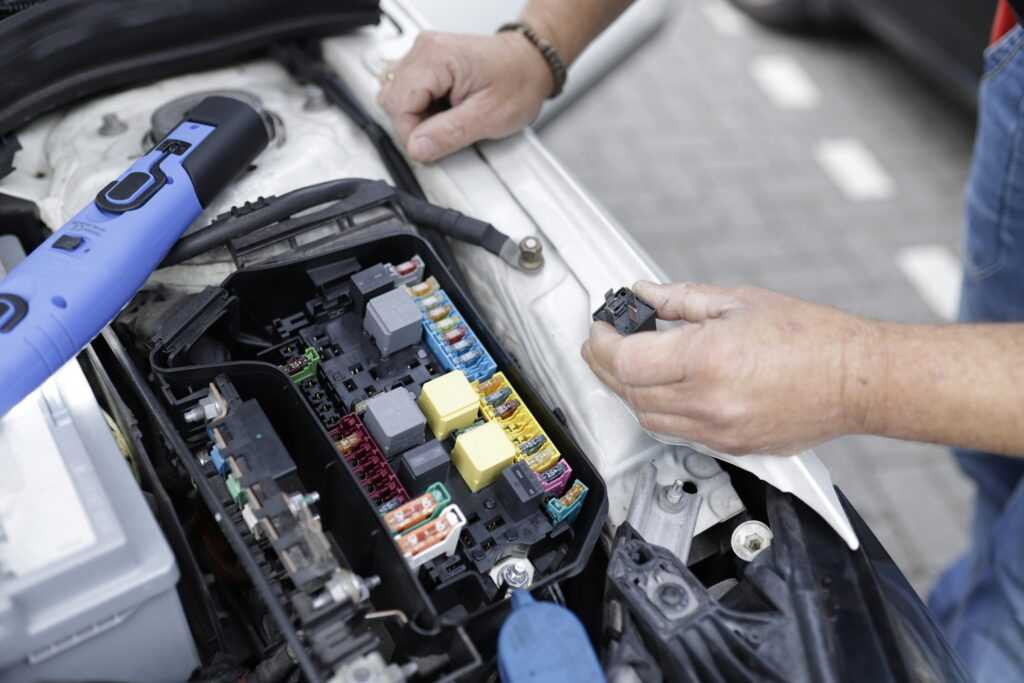Importance of Vehicle Paint Protection
Vehicle paint protection plays a crucial role in maintaining a car’s aesthetic and resale value. Paint serves as the first line of defense against environmental damage. Without adequate protection, the paint can suffer from fading, oxidation, and corrosion.
Enhancing Longevity
Protecting the paint extends the vehicle’s lifespan. When the paint remains intact, it prevents rust and other forms of metal deterioration. Regularly applying protective coatings like wax or ceramic protectant ensures the paint remains resilient. These coatings create a barrier, shielding the surface from acid rain, salt, and harmful chemicals.
Preserving Aesthetic Appeal
A well-maintained paint job keeps the car looking new. Scratches and swirl marks are less likely to form when preventive measures are taken. For instance, using car covers and applying paint sealants can help. Professionally detailing the car can also repair minor imperfections, further enhancing the vehicle’s appearance.
Increasing Resale Value
Vehicles with well-preserved paint command higher resale prices. Buyers often judge a car by its exterior condition first. Cars with dull, scratched, or peeling paint are less appealing. In contrast, a vehicle with a gleaming, flawless finish indicates proper care and maintenance, making it more attractive to potential buyers.
Protecting Against UV Damage
UV rays are a significant threat to vehicle paint. Prolonged sun exposure leads to fading and discoloration. Using UV-resistant products, such as specialized waxes, can mitigate this effect. Parking in shaded areas or using car covers also helps protect against UV-induced damage.
Minimizing Environmental Impact
Proper paint protection reduces the need for frequent repainting and touch-ups, minimizing the environmental impact of paint chemicals. Environmentally-friendly protective products, such as water-based sealants, provide excellent protection without harmful side effects.
Practical Steps
Several practical steps safeguard vehicle paint:
- Regular Washing: Removes contaminants like bird droppings, tree sap, and road grime.
- Waxing: Adds a protective layer against minor abrasions and corrosion.
- Using Covers: Shields the vehicle from dust, debris, and adverse weather conditions.
- Professional Detailing: Fixes minor imperfections and restores the paint’s original look.
By following these strategies, the vehicle’s paint remains protected, preserving its beauty and value over time.
Common Threats to Vehicle Paint
Vehicle paint faces numerous threats that can compromise its appearance and integrity. Knowing these threats helps in taking proactive measures to protect your car’s finish.
Environmental Factors
Environmental factors pose significant risks to vehicle paint. UV rays, for instance, cause fading and oxidation, reducing the paint’s vibrancy. Acid rain can leave blemishes and strip away protective layers. Bird droppings are highly acidic and can etch into the paint if not promptly removed. Road salt, especially in colder climates, accelerates corrosion, making regular washes essential to mitigate damage.
Physical Damage
Physical damage includes:
- scratches
- chips
- dents
from everyday driving. Road debris like gravel can chip away at the paint. Tree sap is another culprit, bonding to the paint and proving difficult to remove. Improper washing techniques, such as using abrasive materials, can create swirl marks and scratches, further harming the paint’s surface. Using a gentle touch and appropriate cleaning products preserves the paint’s condition.
Basic Car Washing Techniques
Regular washing is essential to protect your vehicle’s paint. Let’s dive into the best practices for maintaining your car’s pristine look.
Choosing the Right Products
Using the correct products is vital. High-quality car wash soap designed for automotive use won’t strip wax or sealant. Avoid using household cleaners like dish soap, which can damage the paint and remove protective coatings. Opt for pH-balanced, biodegradable formulas to ensure thorough cleaning without degrading the finish.
Examples of recommended products include Meguiar’s Gold Class Car Wash and Chemical Guys Mr. Pink Super Suds. These are formulated to provide exceptional cleaning power while being gentle on the paint.
Proper Washing and Drying Methods
Start by rinsing the car with water to remove loose dirt and debris. This prevents scratching during washing. Use a two-bucket method: one bucket with soapy water and another with clean water for rinsing your mitt. This reduces the risk of reintroducing dirt to your car’s surface.
Wash the car from top to bottom. This ensures that contaminants from the lower sections don’t get spread to the already clean upper parts. Use a microfiber wash mitt on each panel, applying light pressure to avoid scratches.
After washing, rinse the car thoroughly. Dry it immediately using a microfiber towel or a drying cloth. Traditional towels can scratch the paint, so it’s best to use materials specifically designed to be gentle on automotive finishes. Waffle-weave microfiber towels work well because they absorb water efficiently without causing damage.
Regular washing and proper techniques help preserve your vehicle’s paint, maintaining its aesthetic and value.
Advanced Paint Protection Methods

Enhancing your car’s paint protection can provide both aesthetic and practical benefits. These advanced methods ensure your vehicle looks its best and remains shielded from various damaging elements.
Waxing and Sealing
Applying wax or sealant creates a protective layer on the car’s paint, repelling water and contaminants. Waxing involves using a natural or synthetic product to achieve a high-gloss finish. Synthetic waxes often provide longer-lasting protection compared to natural ones. A popular example is Meguiar’s Ultimate Liquid Wax, known for its durability and shine.
Sealants, on the other hand, are usually polymer-based and offer enhanced protection and longevity. Products like Chemical Guys JetSeal provide a robust barrier against UV rays, acid rain, and other environmental threats. I recommend applying a sealant every six months to maintain optimal protection.
Ceramic Coatings
Ceramic coatings offer one of the most durable paint protection options. These coatings create a strong bond with the paint, forming a long-lasting shield against UV rays, chemicals, and minor abrasions. Ceramic Pro and Opti-Coat Pro are well-regarded products in this category.
Applying a ceramic coating requires a clean, decontaminated surface for the best results. It involves a meticulous process and often necessitates professional installation to ensure even application. The superior hardness and hydrophobic properties of ceramic coatings can last several years, reducing the frequency of maintenance compared to waxing or sealing.
Addressing Minor Paint Damage
Even with the best protection measures, minor paint damage like scratches and chips can occur. Knowing how to address these issues effectively keeps your car looking pristine.
Scratch and Chip Repair
Quickly fixing scratches and chips prevents further damage. Ignoring small imperfections can lead to oxidation and rust. Use a touch-up paint kit that matches your car’s color when handling small chips and scratches. I recommend cleaning the area thoroughly before applying paint to ensure proper adhesion. For deeper scratches, using fine-grit sandpaper to level the surface before applying a clear coat restores smoothness.
Paint Restoration
Restoring faded or oxidized paint breathes new life into your vehicle’s appearance. Oxidation, caused by prolonged exposure to UV rays and environmental contaminants, dulls the paint. Use a clay bar to remove surface contaminants if the paint appears rough. Follow with a cutting compound to remove oxidized layers, then polish to restore shine. I suggest finishing with a quality wax or sealant to protect the newly restored paint and preserve its gloss.
Long-term Maintenance Tips
Consistent care and attention can significantly extend the life of a vehicle’s paint. Here are essential long-term maintenance tips to ensure your car retains its glossy finish.
Regular Inspections
Inspecting the paint regularly helps spot early signs of damage. Check for scratches, chips, and fading at least once a month. Immediate attention to these issues prevents further deterioration and keeps the paint looking fresh. Use a flashlight to inspect under different lighting conditions to catch minor imperfections.
Professional Services
Professional detailing services offer comprehensive paint care beyond regular washing and waxing. They use specialized tools and techniques to restore and protect the paint. Opt for full detailing services twice a year, which include deep cleaning, polishing, and applying protective coatings. For optimal results, choose reputable services like those offered by certified detailers and make sure they use high-quality products like Meguiar’s or Chemical Guys.




